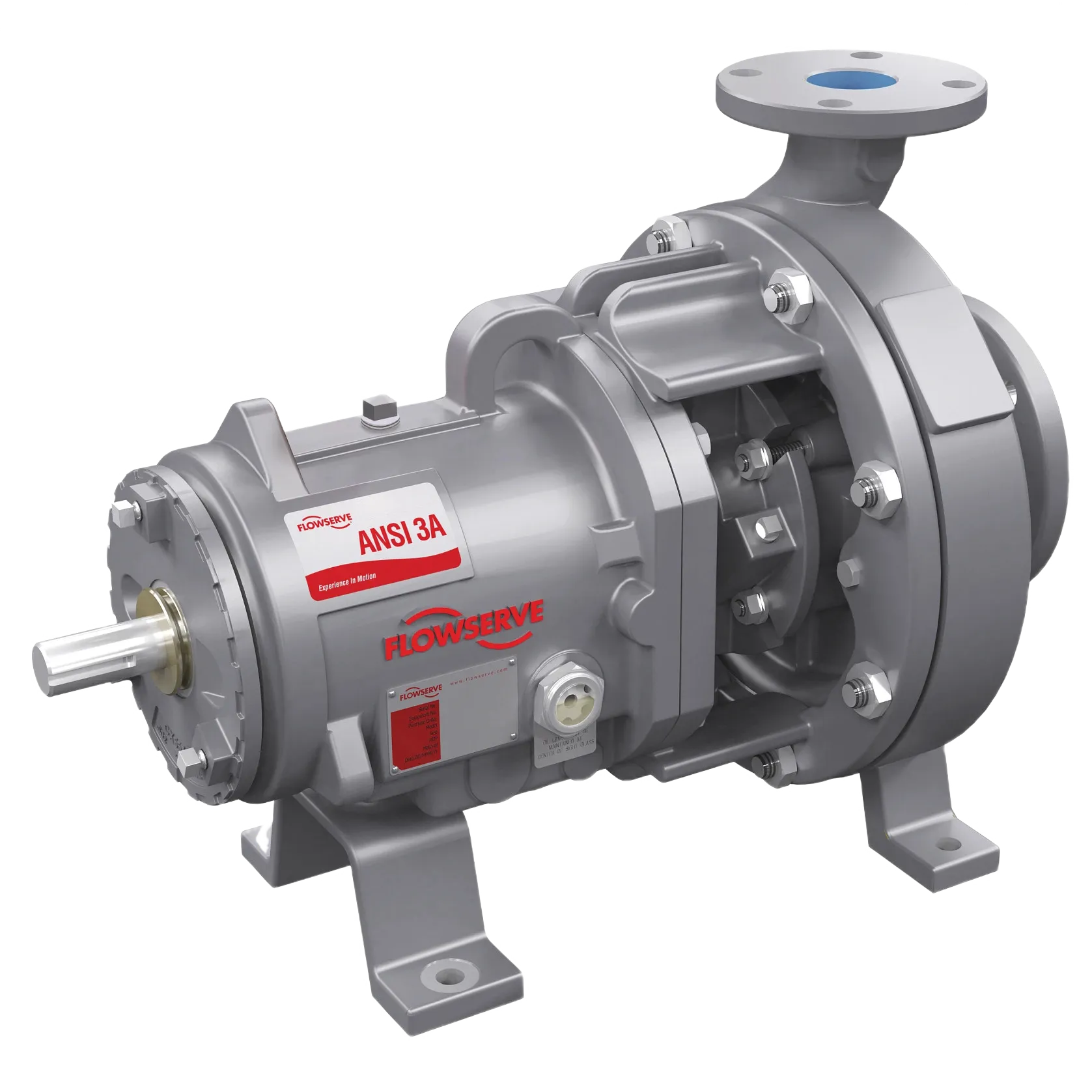Safety Valve
A safety valve is a type of valve which acts as a passive safety device. The most common type is a pressure relief valve which limits the pressure in a closed system to prevent damage/leakage/accidents in the case of an over-pressure.
The main parts of a safety valve are the valve body, set spring, disc, seat & stem with other parts such as an adjustment screw to adjust the spring force which changes the opening pressure set point.
- View All
- Actuation
- Chillers
- Heat Exchangers
- Instrumentation & Control
- Mechanical Seal
- Mixing Technology
- Other
- Process Equipment
- Pumps
- Sight Glasses
- Software
- Steam Systems
- Tank & Pipeline Ancillaries
- Tank Venting
- Valves
-
Tank VentingFlowserve
Safety Valve According to API 526 Si 8301 …07
-
Tank VentingFlowserve
Spring Loaded Safety Valve Si 2501 until PN 16
-
Tank VentingFlowserve
Spring Loaded Safety Valve Si 0614 PN 10-400
-
Tank VentingFlowserve
Safety Valve (Topseal) Type SiT 250.000/260.000 (Bellows)
-
Tank VentingFlowserve
Safety Valve with Tightening Foil Type SiF 150/160 (Bellows)
-
Tank VentingFlowserve
Safety Valve with Tightening Foil Type SiF 130/140 (Bellows)
-
Tank VentingFlowserve
Safety Valve with Tightening Foil Type SiF 100.000S
-
Tank VentingFlowserve
Full Lift Safety Valve Si 6305 (Closed Bonnet) until PN 400
-
Tank VentingFlowserve
Full Lift Safety Valve Si 6304 (Closed Bonnet) until PN 160
-
Tank VentingFlowserve
Full Lift Safety Valve Si 6303 (Closed Bonnet) until PN 160
-
Tank VentingFlowserve
Full Lift Safety Valve Si 6302 (Closed Bonnet) until PN 40
-
Tank VentingFlowserve
Full Lift Safety Valve Si 6301 (Closed Bonnet) until PN 16
- 1
- 2
How do safety valves work?
The pressure safety valves work by having a pre-set compression in a spring acting on a disc which closes an opening called a seat. The spring force is set so that the valve will open when a specific pressure is reached in the system which is being protected. Once this pressure is exceeded, the disc rises, which opens the seat and allows the air/steam/liquid to vent off until the valve re-seats. The valve is designed to re-seat at a pressure lower than the set-pressure.

What is the purpose of a safety relief valve?
The purpose of a safety relief valve is to prevent an accident/incident due to over-pressure in a closed system.
How do you size a safety relief valve?
Valves are sized according to the applicable standards (API/ISO/DIN etc.) required for the area/application of the protected system. Sometimes specific sizing is required if the application falls outside of those covered by the standards.
How many types of safety valves are there?
There are many different types of safety valves depending on the application of the protected system. The most common is the simple spring loaded pressure relief valve, however for low pressure (atmospheric) tanks relief valves can be weight loaded.
What is the difference between a safety valve and a relief valve?
A safety valve is designed to work in an emergency situation and generally relieves to atmosphere. A pressure relief valve may have a less critical application.
What are pilot operated safety valves?
A pilot operated safety valve is one where a second valve, called a pilot is used to trigger the opening of the main safety valve.
What pressure should a safety valve be set to?
In general, there is guidance in the applicable standard. The rule of thumb is 90% of MAWP or design pressure.
Why does a safety valve pop fully open instantly?
It doesn’t unless designed to. Depending on manufacturer there can be a 2-5% tolerance in opening pressure. There is also an over pressure require to fully open a valve above the opening/set pressure.
What is a pop test for safety valve?
It is the pressure at which the safety valve is set at on the test bench without back pressure. The pressure at which a safety relief valve, intended for high temperature service, is set on a test rig using a test fluid at ambient temperature.
How do you check a safety valve?
It is best to perform test a safety valve on a special machine for same. There are in-situ testers which can be used with agreement from the site insurers. There are also recommended material visual inspections depending on the service.
What is a blowdown in safety valve?
Blowdown is the difference between set pressure and reseating pressure of a safety valve expressed as a percentage of set pressure. Typical blowdown values as defined in codes and standards are -7% and -10%, ranging from -4% to -20% depending on the code and service (steam, gas or liquid)
What is the API standard for safety valve?
There are a few API standards that apply to relief valves, depending on whether they are flanged, reference to seal tightness and how they are used in pressure relieving systems
What is the safety valve relieving capacity calculation?
Please consult the applicable standard for the specific application. Most manufacturers will have a sizing programme for the relief capacity of their vents, but the calculation of the required venting capacity must be completed by a qualified person from the end-user side.
Do you have questions or comments about receiving a quote, our products, solutions and services, and support? Contact us by filling out the form.
- Stephen White - Mob: 083 165 3830
- Brendan Merrigan (External) – Mob: 087 2598124
- Office Tel: 021 461 7200

How can Flexachem help you?
If you are looking for spring loaded pressure relief safety valves, please contact one of our product specialists to discuss your application.






































